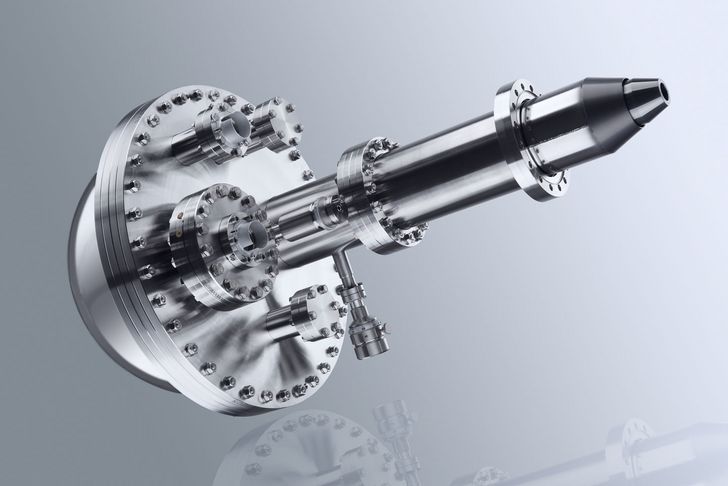Gierster et al. present the generation of a surface metal under low excitation fluence on ZnO
The team around L. Gierster from the group of Prof. Julia Stähler has recently reported the ultrafast generation and decay of a surface metal on ZnO, employing low threshold fluence close to ambient temperatures. The process reported here is an order of magnitude faster in decay than previously reported and may therefore be of interest for ultrafast triggering in modern information technology. The observed semiconductor to metal transition (SMT) was generated by low fluence optical excitation, mimicking elemental doping effects. The metallic state is generated by the formation of excitons (electron-hole pairs) from deep donors, populating the conduction band, followed by band bending in the vicinity of the excitons' lateral localization. Exceeding a certain threshold in the fluence, the effect becomes delocalized, leading to the generation of a surface metal. The presented work characterized the excitation and decay dynamics of this interesting finding and is nicely explained it in a YouTube video.
PHOIBOS 100 2D-CMOS/-CCD
Hemispherical Energy Analyzer with 2D CMOS Detector for XPS, ARPES, ISS and LEISS with 100 mm Mean Radius.
Key Features
- High Performance Analyzer for XPS, ARPES, AES, ISS and LEIS
- 100 mm Mean Radius
- Energy resolution better than 3 meV

